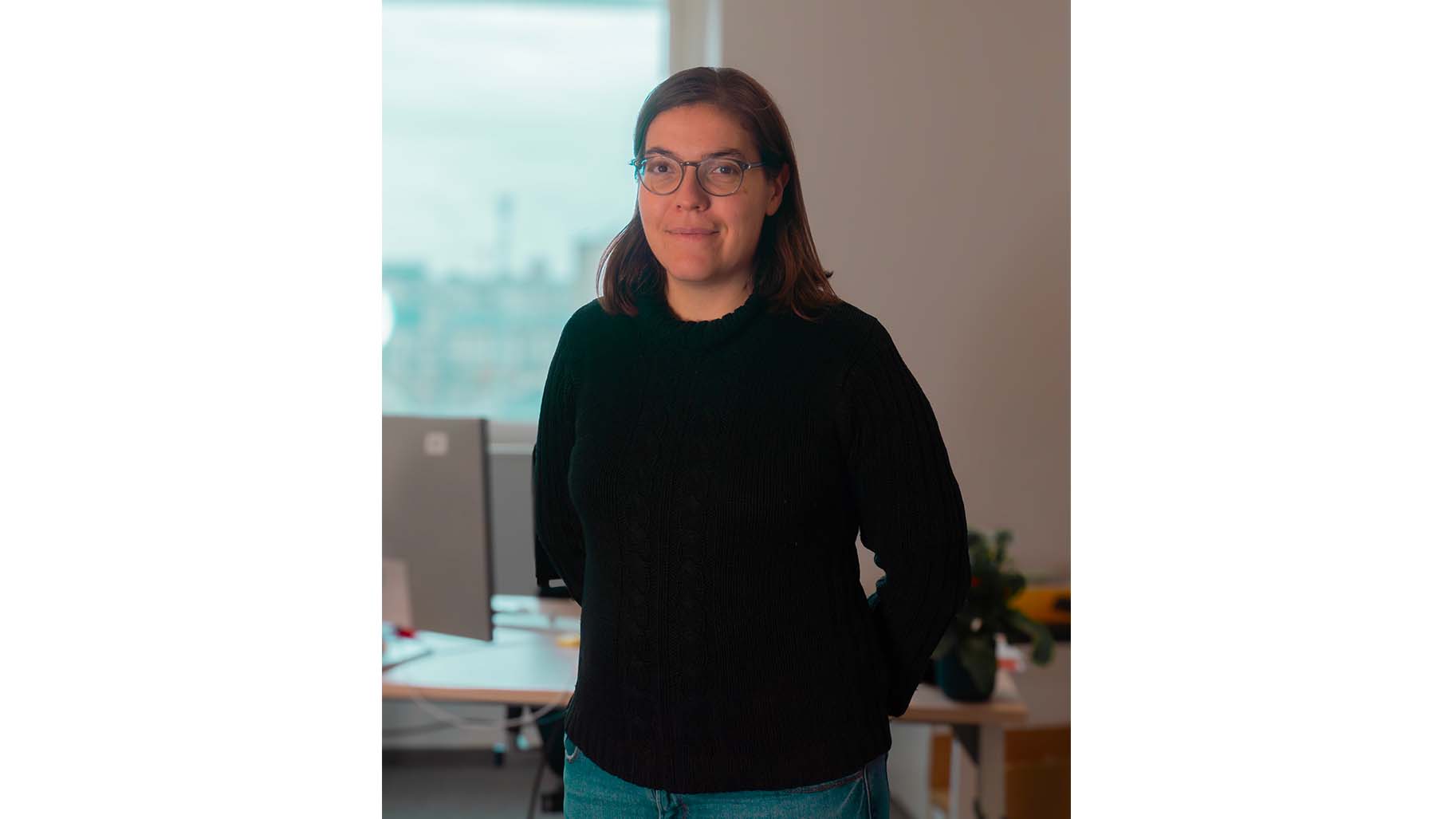
You've just been awarded a prestigious ERC Starting Grant. What will this enable you to do?
I plan to use this grant to launch a research project called HighLEAP this December. The purpose of this project will be to develop a new mathematical framework for the development and analysis of precise and effective digital methods for the simulation of systems comprising large numbers of particles or agents interacting with each other. One possible example might involve using high-performance computers to understand how the arrangement of different atoms results in their properties being passed on to complex pharmaceutical products or industrial materials.
HighLEAP will improve our understanding of the validity of these models and their predictive capacities, which will be key when it comes to developing practical applications for use in an industrial context, particularly relating to the lifespan of materials.
This research is in keeping with the work we have been doing at Cermics (École des Ponts ParisTech’s centre for teaching and research on mathematics and computational science) and as part of Matherials, an Inria project team that I’m a member of.
At a practical level, what will this research project involve?
With a budget of 1.3 million euros over five years, I plan on building a small team and recruiting two PhD students and two postdoctoral researchers - mathematicians with a passion for digital take note!
This will provide an opportunity to introduce young researchers to major challenges in digital simulation.
The aim here is to establish a new field of research, reaching out to a community of researchers from a range of different disciplines. Part of this will involve organising conferences and summer schools. It’s this collective aspect to the project that I find particularly exciting.
How might this project be a gamechanger in your field?
The systems we'll be studying as part of the project obey mathematical equations that are well-known to modellers, whether it’s Schrödinger's famous equation describing quantum phenomena at a microscopic level, or the Fokker-Planck equation, which is widely used in molecular dynamics.
There are a lot of variables at play in these equations: molecules comprising large numbers of atoms, for example, pose a significant problem for simulation, one beyond the processing and storage capacities of even the world’s most powerful computers. And on top of this “curse of dimensionality”, there is also the issue of the specificity of certain problems. These equations are influenced by a wide range of parameters, including certain properties of particles or materials, which we don't always know a lot about.
Traditional simulation processes, like those currently used by many researchers and engineers, are of no use in such situations. The aim of our project HighLEAP is to develop new digital methods capable of solving such problems. It’s a sizeable task - and one that is quite intimidating given the range of theoretical and practical challenges - but we are looking to make a major breakthrough in digital simulation.
What applications do you have in mind?
It's a bit early to be thinking about practical applications, we’re still very much at the theoretical stage, but we have identified a few different use cases. If everything goes to plan and we are able to develop methods for solving these large-scale problems, then this will open up all sorts of possibilities for simulations: developing new medicinal products, making the design of critical mechanical systems more reliable, optimising the flow of passengers within stations, simulating the movement of crowds in sports stadiums or venues, and so on. Like in molecular chemistry, these are all situations involving huge numbers of agents.
The methods we are developing are generic, meaning they can be used to address concerns in all sorts of sectors, such as the security of facilities and equipment, for example. This wide range of applications is just one of the reasons that I love research in mathematics and digital.
How do ERC projects come about?
“The HighLEAP project is the result of years of research into the mathematical and digital aspects of simulation, beginning with my PhD, which I completed in 2012. I analysed different solutions currently being explored by the scientific community for addressing the problems raised by the high dimensionality or randomness of certain problems.
I was also fortunate enough to be able to contribute to two ERC projects - a Consolidator Grant with Tony Lelièvre (École des Ponts ParisTech/Inria Paris), and a Synergy Grant with Éric Cancès (École des Ponts ParisTech), Yvon Maday, Laura Grigori (Inria Paris) and Jean-Philip Piquemal. The first of these concerned molecular dynamics simulation, while the second concerned the modelling of electronic structures. I learned a lot from my colleagues, on both a scientific and a human level, and I particularly enjoyed working with the contributors to these projects, brought together to work on stimulating and innovative scientific subjects.
My experiences are what gave me the idea to put together my own proposal for an ERC project a few years later. The encouragement I got from Tony, Éric and Yvon also played a big part in this, as I had to apply twice before being awarded this grant. It's a highly selective selection process, and aside from my direct colleagues I was also able to count on the steadfast support of Inria, who helped me when it came to writing the project, preparing for interviews, and so on. Knowing you have that support as a researcher is really reassuring when you're involved in this sort of process, which is both time-consuming and uncertain in terms of the outcome”.
Find out more
- Virginie Ehrlacher's page
- MATHERIALS joint project team page
- Virginie Ehrlacher, “Model-order reduction, High-dimensional problems” (video in English), École des Ponts ParisTech, 18/10/2022.
- Virginie Ehrlacher, “Multi-center decomposition of molecular densities: a mathematical perspective” (video in English), Institute for Pure & Applied Mathematics (IPAM), 4/5/2022.
- Presenting the Cermics laboratory (video), École des Ponts ParisTech, 29/1/2019.